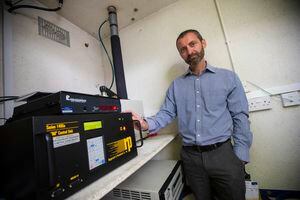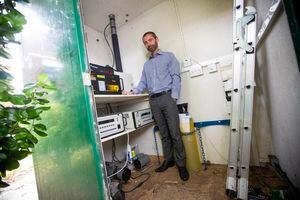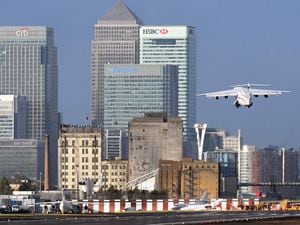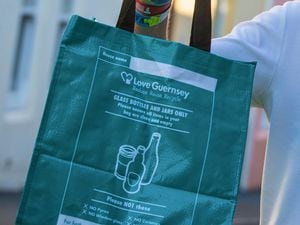Lockdown improves air quality in traffic hotspots
AIR QUALITY improved during lockdown as traffic dropped by two thirds.

The air readings are taken at Lukis House in the Grange and Bulwer Avenue – both busy traffic spots.
Nitrogen oxides – NOX – are released into the atmosphere when fuel is burnt, such as petrol and diesel in car engines. That includes nitrogen dioxide, NO2, which can inflame the airways and can make things worse for people with respiratory conditions such as asthma.
Levels of NO2 dropped by 41% at Lukis House and 6% in Bulwer Avenue. Similar reductions in overall NOX levels were also observed, although the reduction in NOX levels is more pronounced at Bulwer Avenue than the reduction in NO2.
Environmental Health & Pollution Regulation director Tobin Cook said the results were interesting.
‘It may seem obvious that less traffic on the roads will mean less air pollution, but it’s rare we see such a change in real traffic levels, allowing us to measure exactly what impact it has,’ he said.

‘That impact is clearly demonstrated in the data. Whilst local air quality was good prior to lockdown, the data show the positive impact that reductions in vehicle movements can have on the environment and subsequently on human health.’
The review calculated the expected NOX and NO2 during the lockdown period based on historical data and making adjustments for wind and weather patterns and during different times of the day and week. The modelled data were very similar to the actual data that were recorded in the period leading up to lockdown, suggesting that the measured NOX and NO2 was comparable to the usual levels at this time of the year and under normal business activities.
Data from Traffic and Highway Services, at similar locations – St George’s Esplanade and St Julian’s Avenue – show reductions of daily weekday traffic movements from 21,778 and 12,448 in February (pre-lockdown) to the lowest number of movements of 7,899 and 4,182 respectively during the period of full lockdown (25 March – 8 April). These represent a 64% reduction in vehicle movements on St George’s Esplanade and a 66% reduction on St Julian’s Avenue.





